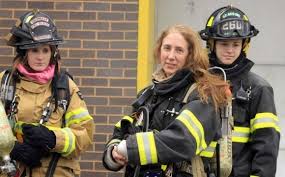By: Robert Avsec, Executive Fire Officer
Several months ago I came across a piece on the Internet that really caught my attention. The title of the piece by Daniel Goldstein was, “10 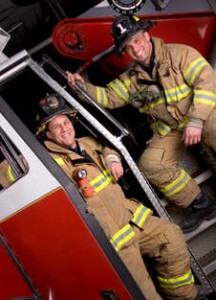 things firefighters and paramedics won’t tell you,” and it appeared on the website, MarketWatch.com.
things firefighters and paramedics won’t tell you,” and it appeared on the website, MarketWatch.com.
Here is a list of the “10 Things…”
- “We don’t fight many fires anymore.”
- “We’re short-staffed—so we’re sleepy.”
- “Some people use us as a taxi service.”
- ‘You’re getting charged for this ambulance ride.’
- “We will try and save your life, but not always your house.”
- “We only work eight days a month.”
- “We get paid way more (or way less) than you think.”
- “We’d like to be your neighbor, but we can’t afford to.”
- “Too many of us are out of shape.”
- “We may not know what’s wrong with you.”
I urge you to view the entire article because I know that I cannot “out do” Mr. Goldstein in making the above points with clarity. Therefore, I will not “burden” you with me rehashing his exquisite prose.
Rather, I’d like you to look at the list—and after you’ve seen the entire piece—ask yourself: As a leader in my department, how are we doing at keeping our community members informed and educated on these issues…and others not listed here?
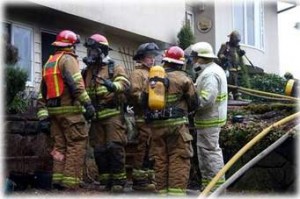 If your honest answer is, “Not too well,” there are ways to put a “human face” on your department that the people of your community can relate to and understand better. You can do that if you create effective two-way communication with the members of your community using social media tools and the power and reach of the Internet.
If your honest answer is, “Not too well,” there are ways to put a “human face” on your department that the people of your community can relate to and understand better. You can do that if you create effective two-way communication with the members of your community using social media tools and the power and reach of the Internet.
A year ago I wrote a blog for this space entitled, Learn to Use All the Tools to Market Your Fire and EMS Department, about how fire and EMS departments can use some of the basic social media tools to better market and promote their departments. Looking back on that piece, I see a lot of connection with the list at the top of this piece.
In the absence of factual information, most people will believe whatever they hear or will 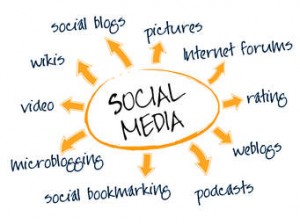 make up their own version of reality based upon their past experiences. In today’s “informational overload” world there are more than a few ways for people in a community to know what the men and women of their fire and EMS department are “up to”, both good and bad. Successful departments are those who’ve embraced social media in a proactive way to engage their communities in two-way communication.
make up their own version of reality based upon their past experiences. In today’s “informational overload” world there are more than a few ways for people in a community to know what the men and women of their fire and EMS department are “up to”, both good and bad. Successful departments are those who’ve embraced social media in a proactive way to engage their communities in two-way communication.
Wait for it…
But social media is not the “silver bullet” solution that will instantly connect your department with the people you serve. There’s still much to be said for real human interaction, you know, people talking to people at the same time in the same physical space? How would some of these ideas work for your department and your community?
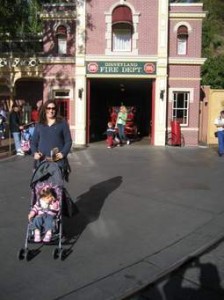 Conduct monthly “Open House” sessions at a different fire station in the community each month. Each session can have a different Fire Prevention theme, e.g., using space heaters safely, pool safety, Christmas tree and holiday lighting safety, etc. Get people into your stations on a regular basis so that they can engage your people in conversations and I bet you’ll increase their “fire department IQ”.
Conduct monthly “Open House” sessions at a different fire station in the community each month. Each session can have a different Fire Prevention theme, e.g., using space heaters safely, pool safety, Christmas tree and holiday lighting safety, etc. Get people into your stations on a regular basis so that they can engage your people in conversations and I bet you’ll increase their “fire department IQ”.
Conduct a live training skills demonstration at your training facility. The Chesterfield County (VA) Fire and EMS conducts just such a session as part of every Recruit School that the department runs. The families of students in the class are invited to a “pot luck” dinner—students provide the side dishes and desserts while the department provides hot dogs and hamburgers and rolls—before heading over to the training grounds for the evening’s demonstrations.
The families are provided seating on portable bleacher seats that offer a clear view of the training grounds (from a safe distance). The demonstration includes the recruits: “responding” to, and extinguishing a fire in the structural burn building; managing a propane gas fire on the LPG fire simulator; rescue of a firefighter from the RIT training simulator; and rappelling from the four-story training tower. The entire demonstration is narrated for the audience (a task that I had the privilege of handling on several occasions during my tenure at CFEMS).
Conduct a citizen’s fire academy. Give people in the community an opportunity to develop an awareness level for what you and your
department do for the community. Departments across the country—especially our colleagues in law enforcement—have been holding these academies for many years with good success.
Start a Fire Corps unit in your community and you’ll find “double bang for your buck”. You’ll start creating a cadre of valuable human capital (fancy HR word for PEOPLE) to help augment your department’s staffing needs for non-operational functions, e.g., running firefighter rehab, maintaining and repairing facilities, providing accounting services, etc. At the same time, you’ll be developing a group of avid supporters who truly know you and your people and have a true understanding of the who, what, why and how of your department.
 Fire & EMS Leader Pro The job of old firefighters is to teach young firefighters how to become old firefighters!
Fire & EMS Leader Pro The job of old firefighters is to teach young firefighters how to become old firefighters!
